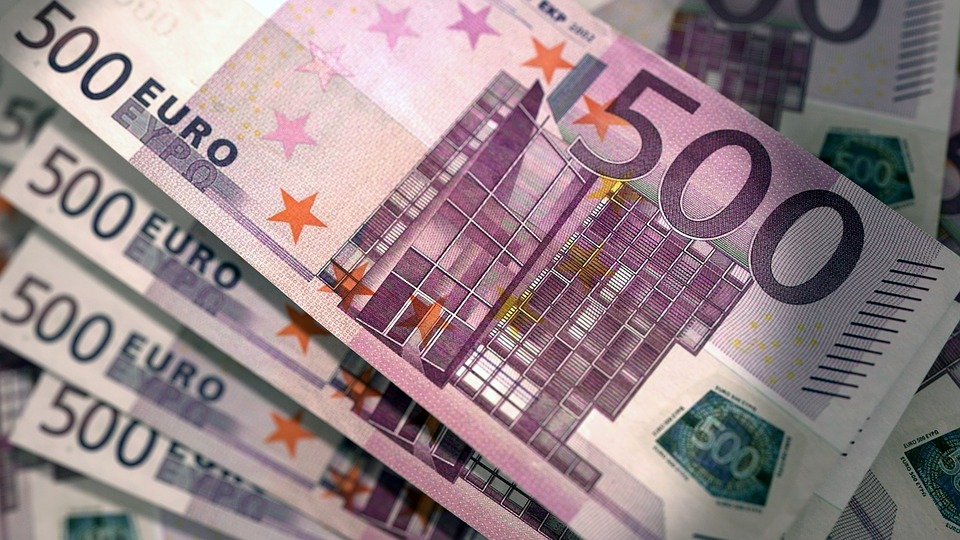The ECB has announced its intention to phase out the 500 Euro note. Killing off specific denominations of a currency is not unusual but it is often the underlying reason for the action that comes as a surprise to consumers.
In explaining its move, the European Central Bank, the bureau responsible for issuing euro banknotes that are used by all 19 nations in the eurozone, said it was prompted by “concerns that this banknote could facilitate illicit activities.” The 500 euro note is convenient for criminals for laundering money as it is easy to move around unnoticed and are not popular for everyday transactions.
(The move) was prompted by “concerns that this banknote could facilitate illicit activities.
ECB President Mario Draghi had in the past pointed to the use of these high-denomination bills for illegal purposes and expects the decision to evoke considerable criticism from certain elements of the eurozone populace who have already attacked the bank for their extremely low interest rates.
Not all member nations are convinced the note’s removal is a good one. Both Germany and Austria have voiced their disapproval, linking the move to the ECB’s negative deposit rate on the funds banks park at the institution rather than a deep concern over stopping the cash flow of terrorists' and drug cartels.
Banknote Changes
This isn’t the first time a currency banknote has been phased out or replaced. Citizens of most countries usually take little notice when changes are made to their money. New paper bills are often placed into circulation to replace those that have worn out through constant usage. And often, currency banknotes are reviewed and alterations made in color, size and design.
Just last month the U.S. Treasury announced that it was portraying Abolitionist Harriet Tubman on the front of the $20 bill and pushing Andrew Jackson to the back. And there has been a strong movement of late to remove the $100 bill from circulation citing its association with crime and the ease of withdrawing large sums of money from banks. According to one financier, the $100 bill has always represented wealth and success and people are often hesitant to use them in shops and restaurants.
In addition, the bill was different from the other denominations from the very first day it was printed. It is the only note without a picture of a D.C. building ona it and is one of two that doesn’t feature a president (Hamilton’s $10 is the other).
The U.S. Department of the Treasury first issued paper U.S. currency in 1862 to finance the Civil War and to make up for the shortage of coins in circulation. Because coins were made of gold and silver their value didn't change much, so people hoarded them rather than buy items that might lose their value. The first paper notes were printed in denominations of 1 cent, 5 cents, 25 cents, and 50 cents.
Production of the 500 Euro note will cease at the end of 2018 but the note will remain legal tender and can be exchanged at any central bank in the euro area for an unlimited period. The additional costs involved in the decision are considerable since of the 1.1 trillion euros in cash currently in circulation, 300 billion euros is made of 500-euro banknotes.

